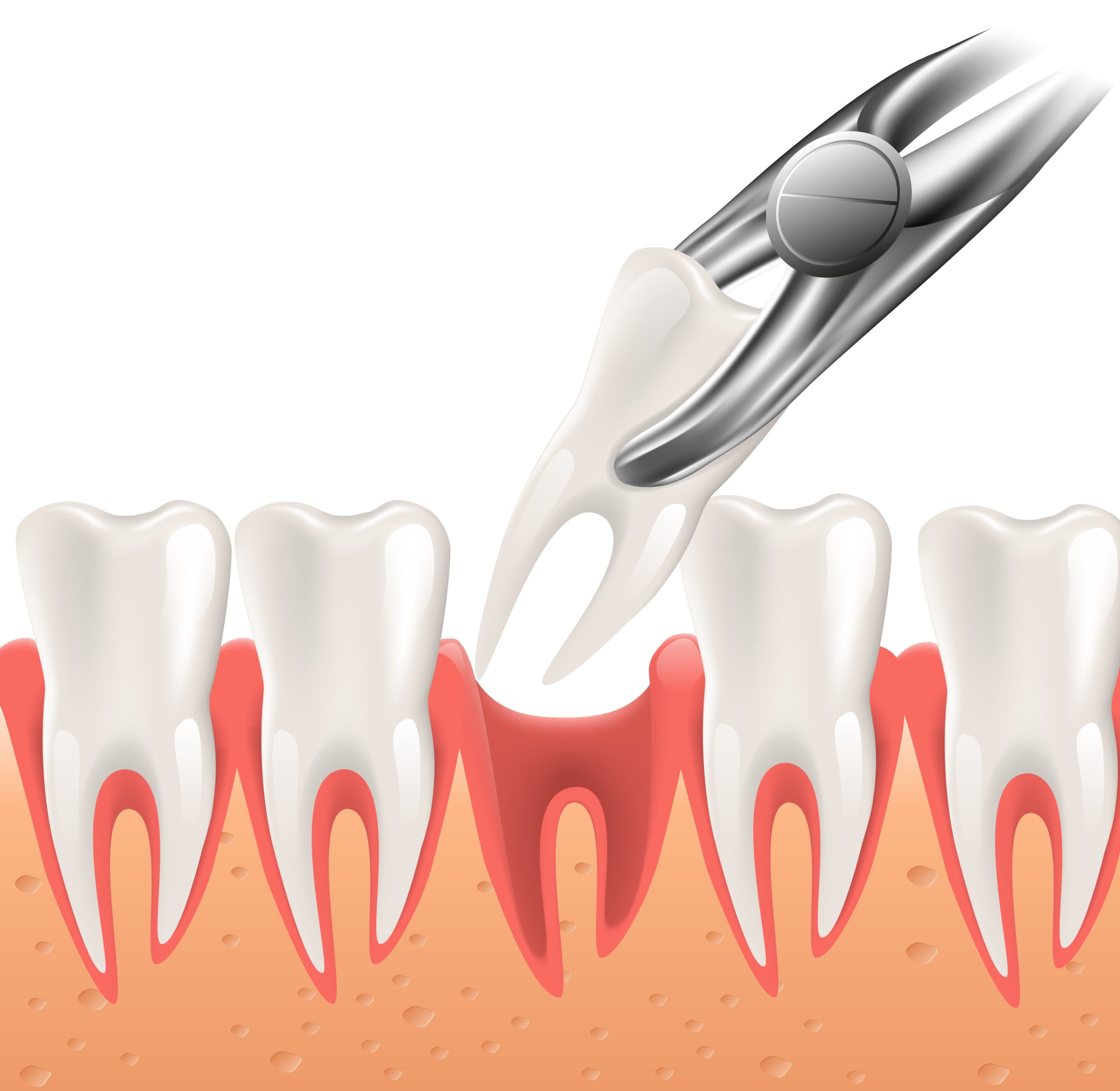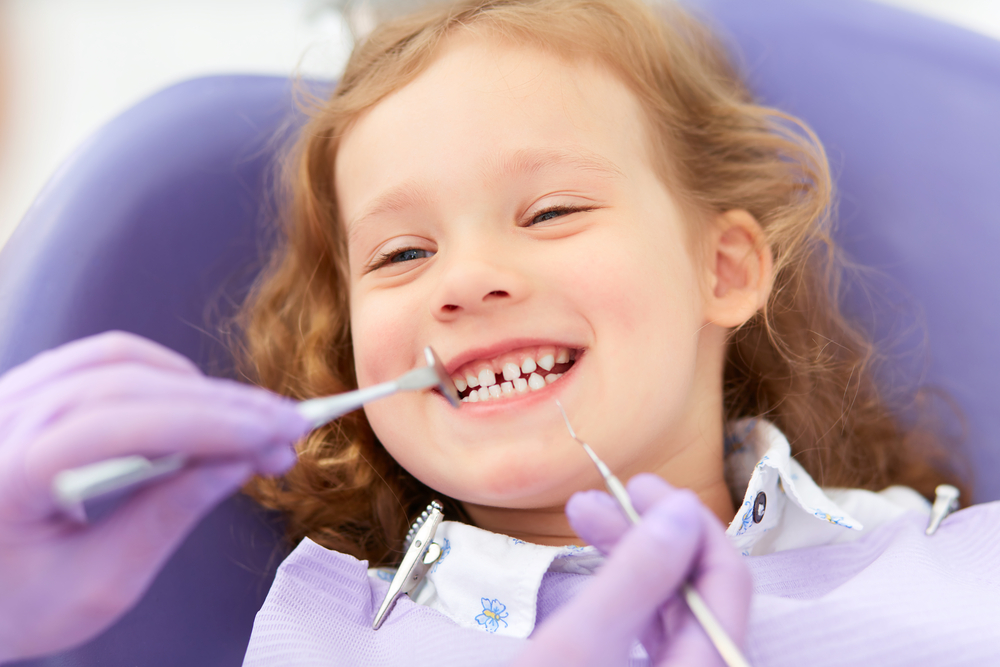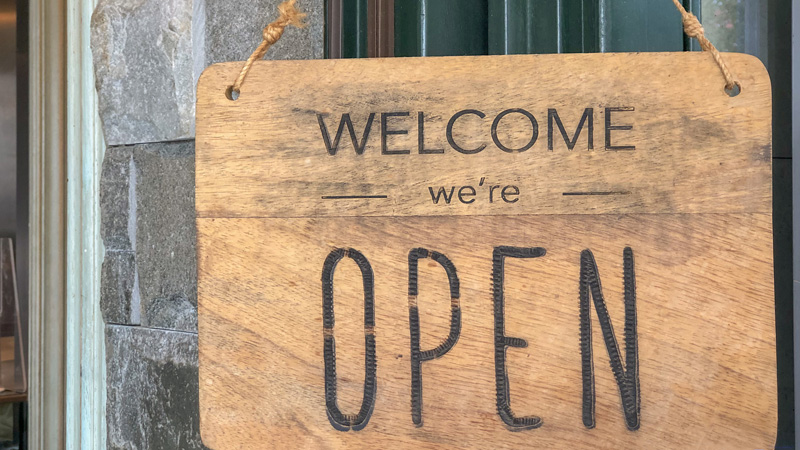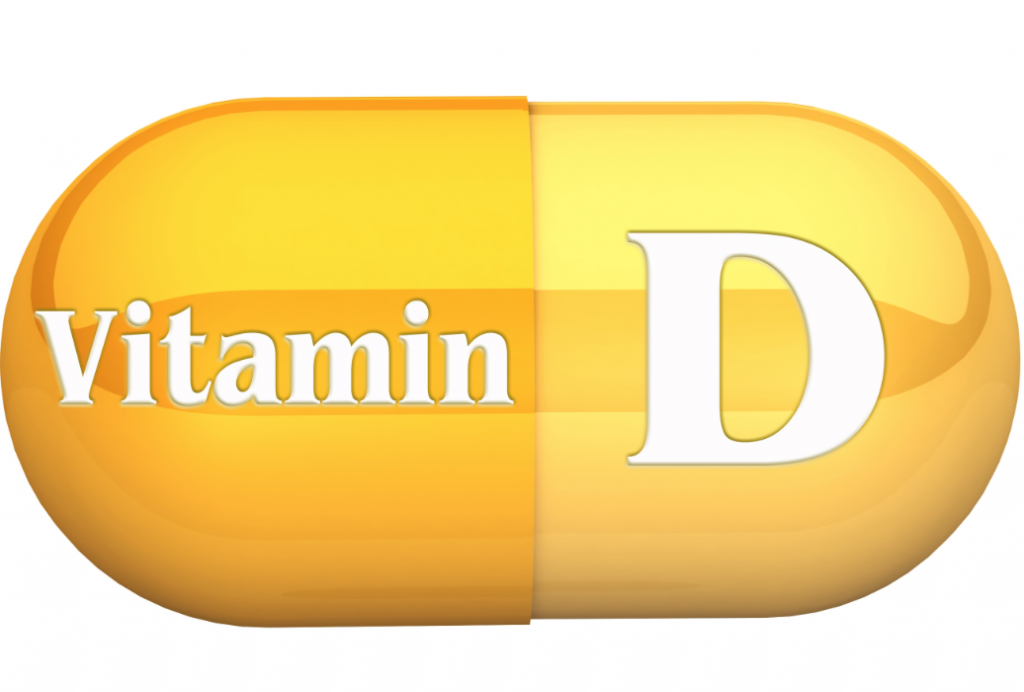What Should You Expect With Tooth Extraction?
When having a tooth extraction procedure, today’s modern procedures, technology, training, and follow up care as recommended by your dentist help you the patient great benefit and comfort.
The dentist will numb the area to lessen any discomfort. After the extraction, your dentist will advise you of what tooth extraction home care regimen to follow, in most cases a small amount of bleeding is normal.
Tooth Extraction Home Care Instructions
After your tooth extraction procedure, the experienced dentist at Cobblestone Dental Care recommend the following tooth extraction aftercare tips to aid the healing process:
Do Not Disturb the Surgical Site
For the next few days, especially the first 24 hours, it is very important to allow your body to form a good blood clot around the surgical site, and start the healing process. If the clot becomes dislodged or does not form properly, you could risk getting “dry socket“, which can be extremely painful.
- Avoid using a straw, swishing, or smoking, as these actions can disrupt the clot
- Keep anything sharp from entering the wound, such as crunchy food, toothpicks, and utensils
- Chew on the opposite side of your mouth for 24 hours
Bleeding
To help form the blood clot, you will be biting on a gauze pad when you leave our office. Ensuring that the gauze keeps firm pressure on the surgical site for at least 30 minutes will help begin the healing process. Refrain from changing the gauze and disrupting the site, as this is when the clot forms. After 30 minutes you may remove the gauze or replace it with another pad. Small amounts of blood in your saliva can make it appear quite red, which is normal. This can extend through the rest of the day.
Swelling/Pain
If you’ve had a tooth pulled, you may experience some swelling and pain. This is a perfectly normal part of the recovery and healing process. An ice pack or an unopened bag of frozen peas or corn applied to the area will keep swelling to a minimum. Apply for 20 minute, and then remove for 20 minutes. You can continue this for the first day, and the swelling usually subsides after 48 hours.
Smoking
Smoking should be stopped for at least 23 days following your surgery. How well your wound heals, and the success of your surgery will be reduced substantially by the cigarette smoke chemicals. The suction created when inhaling can also dislodge the clot. Smokers are at a greater risk of getting “dry socket”.
Brushing
Do not brush your teeth for the first 8 hours after surgery. After this, you may gently brush your teeth, taking care to avoid the surgery area for the first 3 days.
Rinsing
Please avoid all rinsing or swishing for 24 hours after your tooth extraction. After 24 hours, you may begin gentle rinsing with warm saltwater (1/2 teaspoon salt + 8 oz of warm water). Avoid commercial mouth rinses such as Listerine.
Diet
Eat soft foods for the first two days. It’s important to maintain a good, balanced diet. You may return to normal regular meals as soon as you are able, after the first two days. Drink plenty of water, and avoid alcohol for 48 hours.
Oral Hygiene
With teeth extractions, keeping your mouth clean is essential to the healing process. So it’s important to resume your normal dental routine after 24 hours. This includes brushing and flossing your teeth at least once a day. Not only will this speed the tooth extraction healing, but help keep your mouth fresh and clean.
Call Us
Following our suggested tooth extraction home care instructions should help you heal quickly. If you have any of the following issues, or any other questions about your tooth extraction home care, call our Gilbert dental office immediately.
- Fever, nausea, vomiting
- Continual or severe pain, swelling, or bleeding
- Pain that gets worse over time



